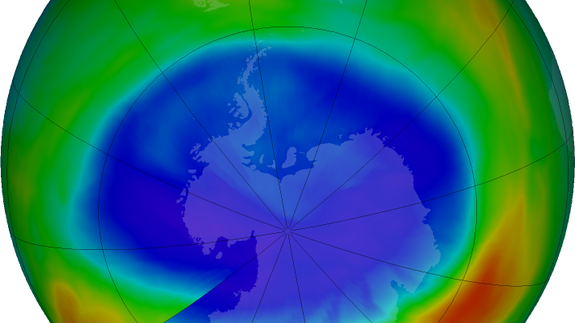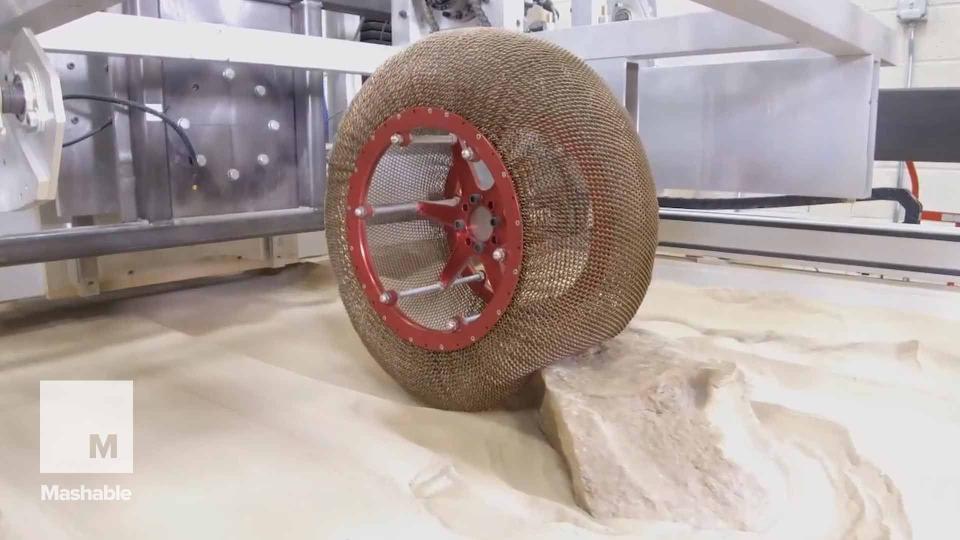The world banded together to heal the ozone layer, and now NASA says it's working

Earth's infamous ozone hole won't fully recover for another half-century, but NASA has its best evidence yet that this massive environmental scar is slowly healing itself.
In the early 1980s, scientists discovered that hair sprays, refrigerants, and other chemicals were releasing an ozone-depleting chemical into the air called chlorofluorocarbons, or CFCs. When sunlight hits these airborne chemicals, it unleashes chlorine atoms which destroy ozone molecules.
SEE ALSO: This powerful greenhouse gas has been rising sharply for a decade. Now we know why
Scientists found this extremely worrisome: High-altitude ozone absorbs harmful radiation from the sun, providing natural protection for our vulnerable skin and eyes.
A gaping ozone hole (which is technically an area with vastly depleted ozone levels) stoked global alarm, and eventually every nation in the world signed the Montreal Protocol, which completely phased out the use of these ozone-annihilating chemicals. The treaty is considered to be the most successful environmental agreement in history.
And now, there's direct, measurable proof that the treaty is working.
Using satellite data taken between 2005 and 2016, NASA scientists found that chlorine levels in the ozone hole have been decreasing by nearly 1 percent each year. They published their results on Jan. 4 in the science journal Geophysical Research Letters.
“We see very clearly that chlorine from CFCs is going down in the ozone hole, and that less ozone depletion is occurring because of it,” said the study's lead author Susan Strahan, an atmospheric scientist at NASA’s Goddard Space Flight Center, in a statement.
This is the first time scientists were able to measure the chemical composition inside the ozone hole and observe a decrease in ozone depletion.
This is good news for humanity, but the scientists note that the ozone hole will still take decades to completely heal.
“CFCs have lifetimes from 50 to 100 years, so they linger in the atmosphere for a very long time,” said Anne Douglass, an atmospheric scientist at NASA Goddard and the study’s co-author.
“As far as the ozone hole being gone, we’re looking at 2060 or 2080," she added. "And even then there might still be a small hole.”
WATCH: NASA created a new chainmail tire that can transform its shape


